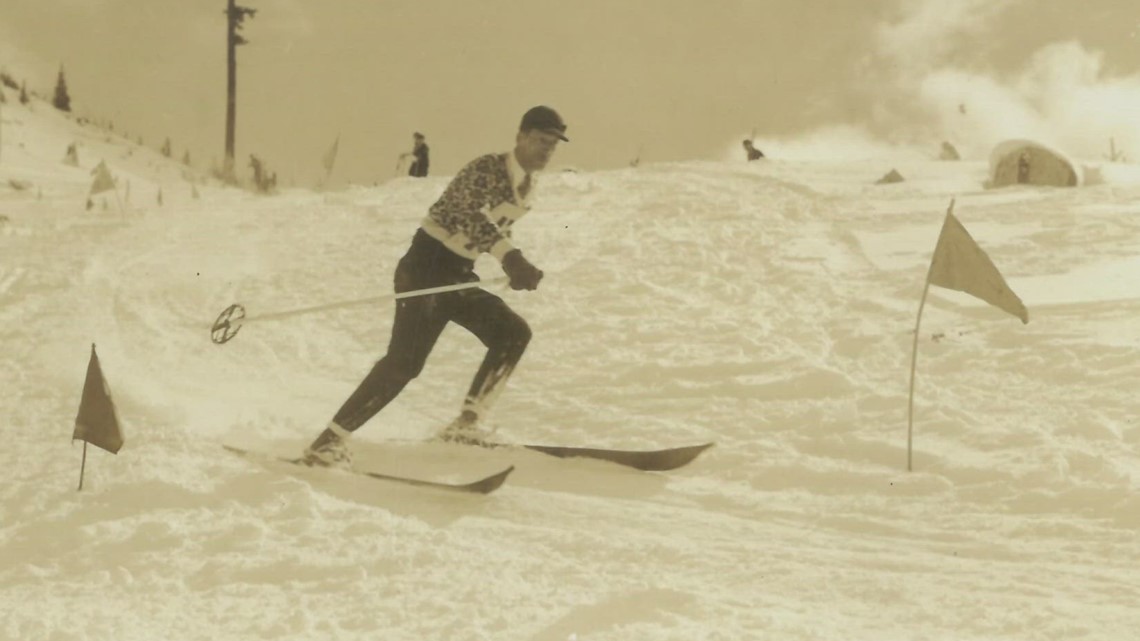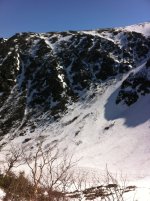You are using an out of date browser. It may not display this or other websites correctly.
You should upgrade or use an alternative browser.
You should upgrade or use an alternative browser.
Avalanche
- Thread starter Big Deal
- Start date
Benny Profane
Well-known member
- Joined
- Jul 25, 2020
"Rapid wind transport"You could get safe skiing conditions in that terrain in December but you need to have the experience to know how to identify that. Thin, early season snowpacks and rapid wind transport though is the perfect recipe for avalanche conditions. You can absolutely visibly see that that was the case on the mountain that day and by observing the weather prior leading up to this accident.
Maybe my initial reaction after watching those clips was a bit harsh but as someone with almost 30 years of experience I couldn’t help but say to myself, you fucking jackasses are lucky to be alive and that was extremely avoidable but I also need to remind myself that 30 years ago ain’t that long and we all start out somewhere. I was a jack ass too and often but a lucky one.
It's the leeward side of the windiest mountain in the northeast, maybe the country.
Sbob
Well-known member
- Joined
- Apr 20, 2021
"Rapid wind transport"
It's the leeward side of the windiest mountain in the northeast, maybe the country.
I can remember a number of years ago a very experienced BC guy getting caught in a cornice break. I don’t remember where exactly but leading up to the incident he posted a number of near misses days before. A few inches of snow up there can be transported pretty easily.To bad M-80’s aren’t legal in NH
I’ve only been up in spring but there was pretty big wet slab slide the day before.
Attachments
More from MW Avi Center.
 www.mountwashingtonavalanchecenter.org
Says binding didn’t release when he went down ~500’ vertical.
www.mountwashingtonavalanchecenter.org
Says binding didn’t release when he went down ~500’ vertical.
Ya can see orange ski on the way down in the video Avi Center put up.
Ya can also see another person watchin it all unfold.
Human-triggered avalanche; Airplane Gully, Great Gulf Wilderness – Mount Washington Avalanche Center
Ya can see orange ski on the way down in the video Avi Center put up.
Ya can also see another person watchin it all unfold.
Last edited:
raisingarizona
Well-known member
- Joined
- Aug 4, 2020
Interesting. I honestly didn’t believe the initial statement about another solo skier going first. I couldn’t spot that skiers track and thought it must be a misunderstanding. That actually makes their decisions more understandable.
Whatabout bear traps?Says binding didn’t release when he went down ~500’ vertical.

After breaking his leg skiing in 1937, a Portland man invented a new, safer ski binding
Hjalmar Hvam broke his leg in 1937 while skiing, and while recovering in the hospital, he came up with the idea of a ski binding that breaks away after a fall.
- Joined
- Jul 15, 2020
I honestly didn’t believe the initial statement about another solo skier going first. I couldn’t spot that skiers track and thought it must be a misunderstanding.
Same here.
It's hard to imagine how that line didn't release under the first skier.
That could be the answer to my question:
What legitimate mitigating factors could get an experienced MW skier to discount that advisory?
raisingarizona
Well-known member
- Joined
- Aug 4, 2020
Someone skiing the line you are looking at could definitely persuade most of us into a false sense of security. I think the other skier went around that pocket or that's what makes sense not seeing their track. That would explain how this went down.Same here.
It's hard to imagine how that line didn't release under the first skier.
That could be the answer to my question:
The solo skier thing is weird, how often do people run into another party to ski the same line when the snow pack is in it's early season infancy? How often is it a solo skier in conditions like that? The solo skier is lucky to not have killed himself out there, was that person secretly poaching/piggy backing the party of 2's tour? Would the solo skier have gone without the security of having the other two behind them? It all seems little odd to me but I'm not familiar with skiing on the Presidentials at all.
- Joined
- Jul 15, 2020
I am wondering....
When it's early, and there is very little snow, and it is windy, does that lead to the more variability?
Is it possible that he line he skied, that broke off so easily, could be right next to something that was stable?
You could see from the stills of the crown, that it wasn't a wide layer that was evenly thick, some part of it was shaped more like a crescent.

Will that ^^ bottom layer have a hard time bonding to new snow?
The other skier thing is eerie.
When it's early, and there is very little snow, and it is windy, does that lead to the more variability?
Is it possible that he line he skied, that broke off so easily, could be right next to something that was stable?
You could see from the stills of the crown, that it wasn't a wide layer that was evenly thick, some part of it was shaped more like a crescent.
Will that ^^ bottom layer have a hard time bonding to new snow?
The other skier thing is eerie.
Ripitz
Well-known member
- Joined
- Dec 23, 2020
Well considering a couple weeks ago the observers were ice skating around the summit, then there was rain, a foot of snow and 55 mph winds, it doesn’t seem like there would be a whole lot of bonding going on. I hope that solo skier is counting their blessings.When it's early, and there is very little snow, and it is windy, does that lead to the more variability?





